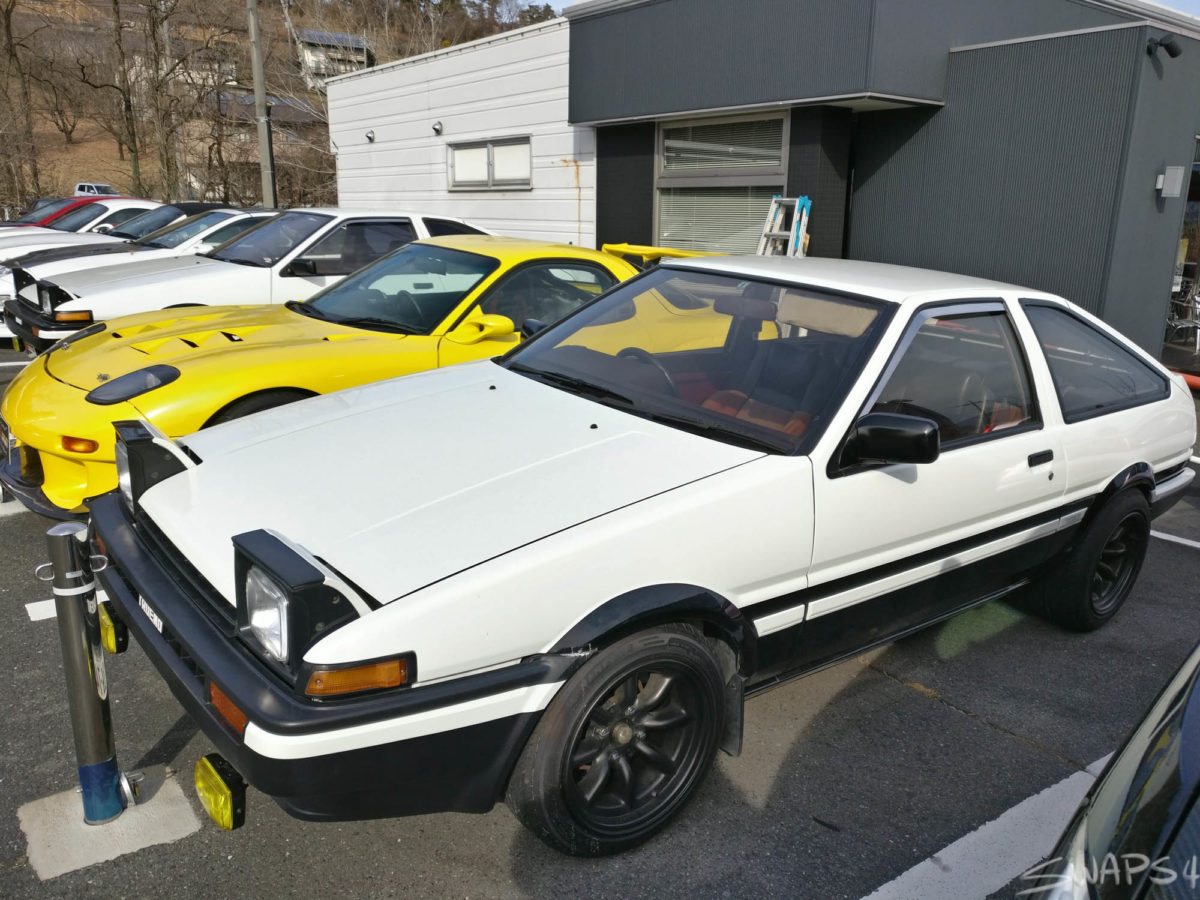There are several factors in play when a source material, such as a light novel or a manga series, gets adapted into an anime. The results can be a mixed bag, however. I know I’ve personally been disappointed with anime adaptations for some of my favorite manga or light novel series, but why exactly? I believe that the three biggest factors in determining whether an anime adaptation is good or not are production values, faithfulness, and sales.
Production Value
The easiest reason to understand what sets apart a good adaptation from a bad one is the production value of the show. Good factors to look at include the animation studio, the producers, and the PV (promotional video) trailers.
Animation studios can have a huge impact on how the series may be adapted as anime. Kyoto Animation is known for their extremely picturesque shows, with a strong sense of their own unique individuality nested in their works, the most famous being K-On!. Doga Kobo is well known for their cute take on moe shows, commonly featuring cute girls doing cute things such as New Game!. Studio BONES has made their mark as masters of action choreography, frequently producing adrenaline-inducing shows like Boku no Hero Academia. As you can see, anime studios each have their own special touch and knowing what studio is adapting what series can be an important factor on what to expect for the show.
Anime producers can also greatly influence the tone and direction of an adaptation. The infamous Gen Urobuchi has made his name known by producing shows such as Puella Magi Madoka Magica and Fate/Zero that are filled with dark themes, often accompanied with tragic plot twists. Akiyuki Shinbo of SHAFT fame is well known for producing shows with intricate backgrounds, often filled with patterns to enhance the visuals of static scenes, like Nisekoi and the Monogatari series. Mamoru Hatakeyama’s shows draw you in with their atmospheric subtleness, with a focus on a character’s traits, examples being Sankarea and Shouwa Genroku Rakugo Shinjuu.
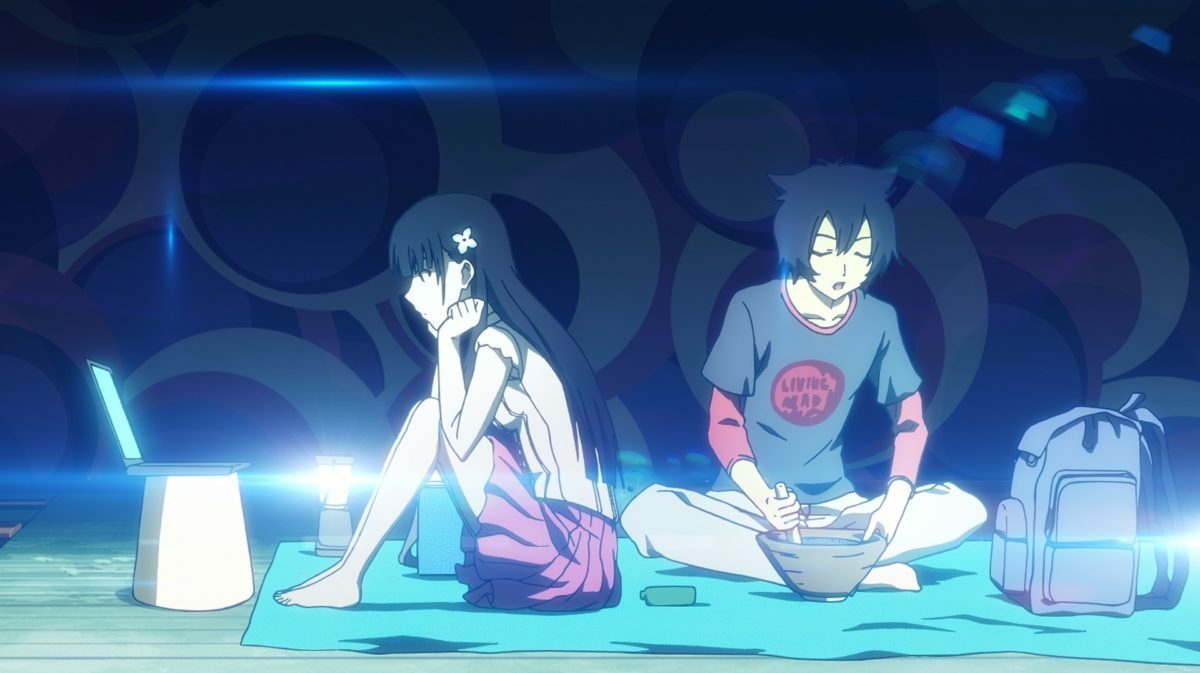
PV trailers serve as the audience’s first look into the adaptation. It introduces several factors to viewers: who the anime studio is, who the voice actors/actresses are, and how it looks in motion. PV trailers are a great segway into introducing what to expect from the show up until it airs, as it serves to drum up hype and expectations from eager viewers. A poorly produced PV may raise red flags as to the production of the show, often an indicator that the entire series may be troubled.
There are several other things to look for in terms of production value when it comes to adaptations, as the factors that I’ve presented are far from the only ones to consider just how successful a series may be. However, when it comes to looking at what I can expect from an adaptation, the studio, producers, and PV trailers stand out the most to me as important information as to what to expect.
Faithfulness
How closely an anime adaptation follows the original source material has always been a heated topic for fans of the medium. Some may call it sacrilege for the anime to diverge away from the source material, and some prefer the liberties of adaptations that tend to stray away from the original plotline.
When I see a Kyoto Animation show, for example, I can expect the adaptation to be extremely different from the source material. Possibly the most well-known case for this is Chuunibyou demo Koi ga Shitai!, wherein the anime, there are several characters that play huge roles in the main plot of the series, despite not being a part of the light novels. This is not inherently a bad thing, depending on whom you may ask. However, the addition of the anime only characters have been widely well received, showing that liberties taken can be a welcome change.
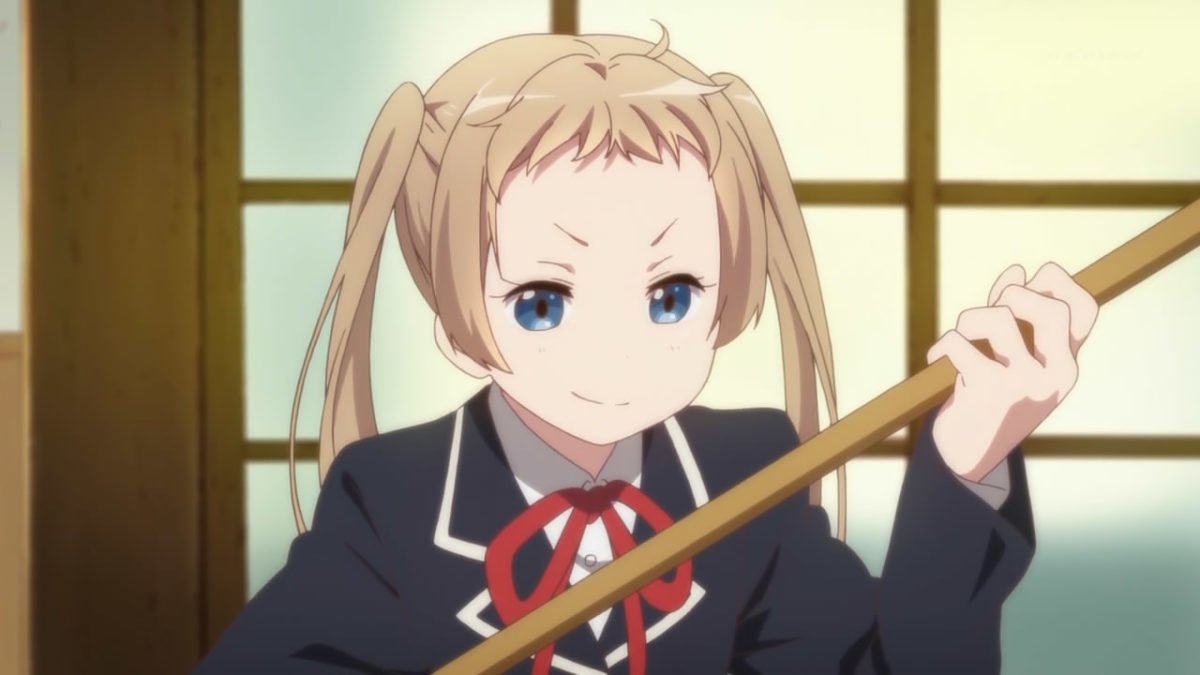
Anime only endings can be controversial depending on how it ends, as it takes away the original ending from the source material. The 2003 Full Metal Alchemist is an example of an anime only ending that diverged from the manga, mostly because it started to outpace the source material. This has led many to revere the more recent Full Metal Alchemist: Brotherhood as the superior version, as it was more faithful to the manga source material, and thus to many, felt like more of a proper adaptation than the 2003 counterpart. Despite this, there are still several who enjoy the anime only ending more than the faithful ending.
A recent example of an adaptation being well received is the currently airing Kaguya-sama wa Kokurasetai. The show has been faithful to the source material in terms of presentation and character dynamics, but it has benefitted from unique backgrounds during static scenes to keep the attention of the viewer. The show has also blazed through much of the manga’s earliest chapters, instead opting to showcase more of the dynamics and development of the characters rather than relying on the repeated gags of the earliest chapters of the manga.
How closely an adaptation follows the original source material can surge or plummet the popularity of a show, with many supporters on both sides of the spectrum. However, faithfulness is not the make or break for adaptations. Liberties are taken for the sake of a more enjoyable medium, or simply to advance the story to engage the characters more with the viewers while skipping some of the source material can be hugely beneficial for the success of an adaptation.
Sales
As for hard evidence of how good an adaptation is, many will flock to sales numbers of the Blu-rays and merchandise as the main indicator. The numbers don’t lie, after all. Good adaptations will generally sell well and can help boost the sales of the source material as well. This isn’t always the case, however, but it serves as the best statistical evidence to determine if the adaptation was good or not.
Nichijou is an example of an adaptation that didn’t sell well. It didn’t help that the Blu-rays were priced heavily, and was in direct competition with some of the biggest anime hitters of that year, such as Madoka Magica and Steins;Gate. Nichijou was a fan favorite of the anime community and was widely well received as a great adaptation, especially from a renowned studio such as Kyoto Animation. However, pricing and competition are some of the factors that prevented Nichijou from selling well.
Higher sales for the original source material after the anime adaptation has aired is also an indicator of success. Re:Zero is a series that saw higher success in the sales of its light novels after the anime aired. That’s not to say the series didn’t sell well before — it was the tenth best selling light novel series before the airing of the anime. In the year when the anime broadcasted and ended, Re:Zero became the third best selling series in 2017.
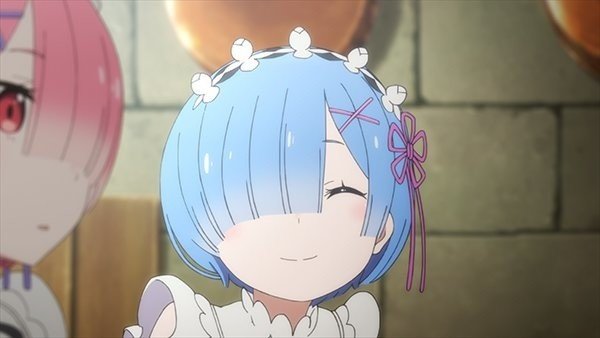
Adaptations often serve as a way to garner more attention and sales for the original source material. Understanding how well the home video releases and the original source sells can statistically tell us whether or not the adaptation was seen as successful or not.
What are your thoughts on what makes a good anime adaptation? Leave your comments below!


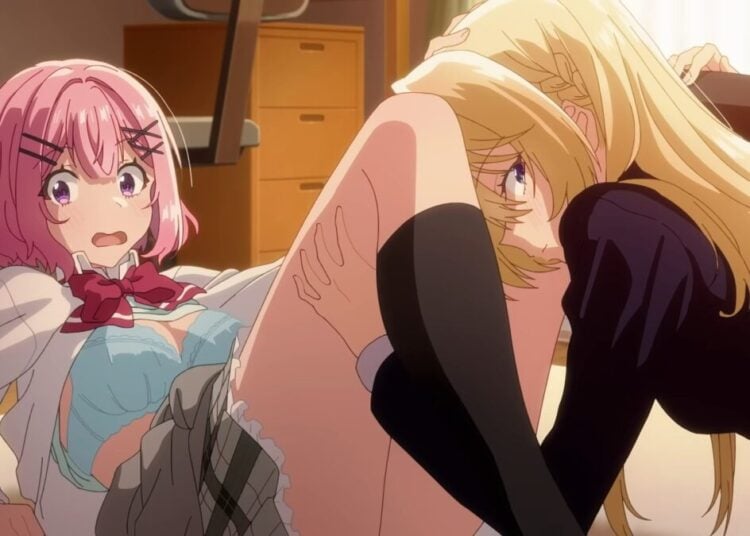
![Sawaranaide Kotesashi Kun Episode 12 [END] Featured Image](https://blog.jlist.com/wp-content/uploads/2025/12/Sawaranaide-Kotesashi-kun-Episode-12-END-Featured-Image-750x536.jpg)




